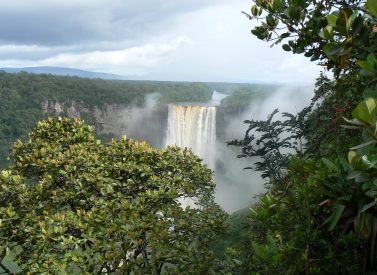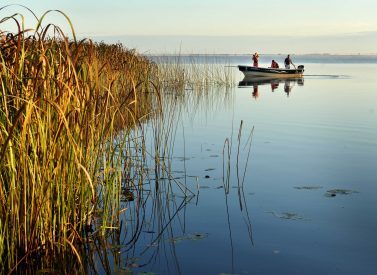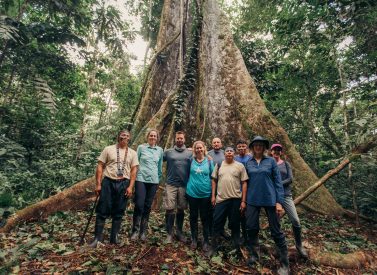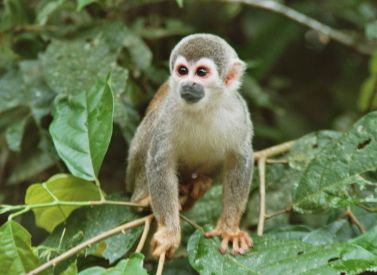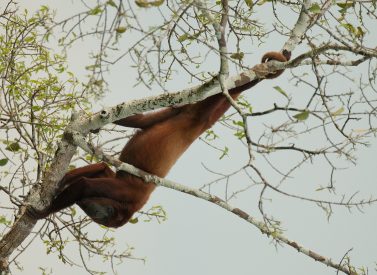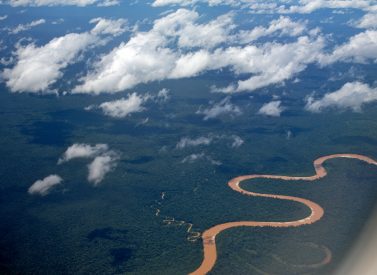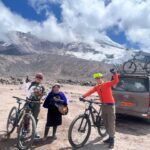A Guide to Eco-Tourism Holidays in Guyana
 by Tom Shearman on 19th April, 2023
by Tom Shearman on 19th April, 2023
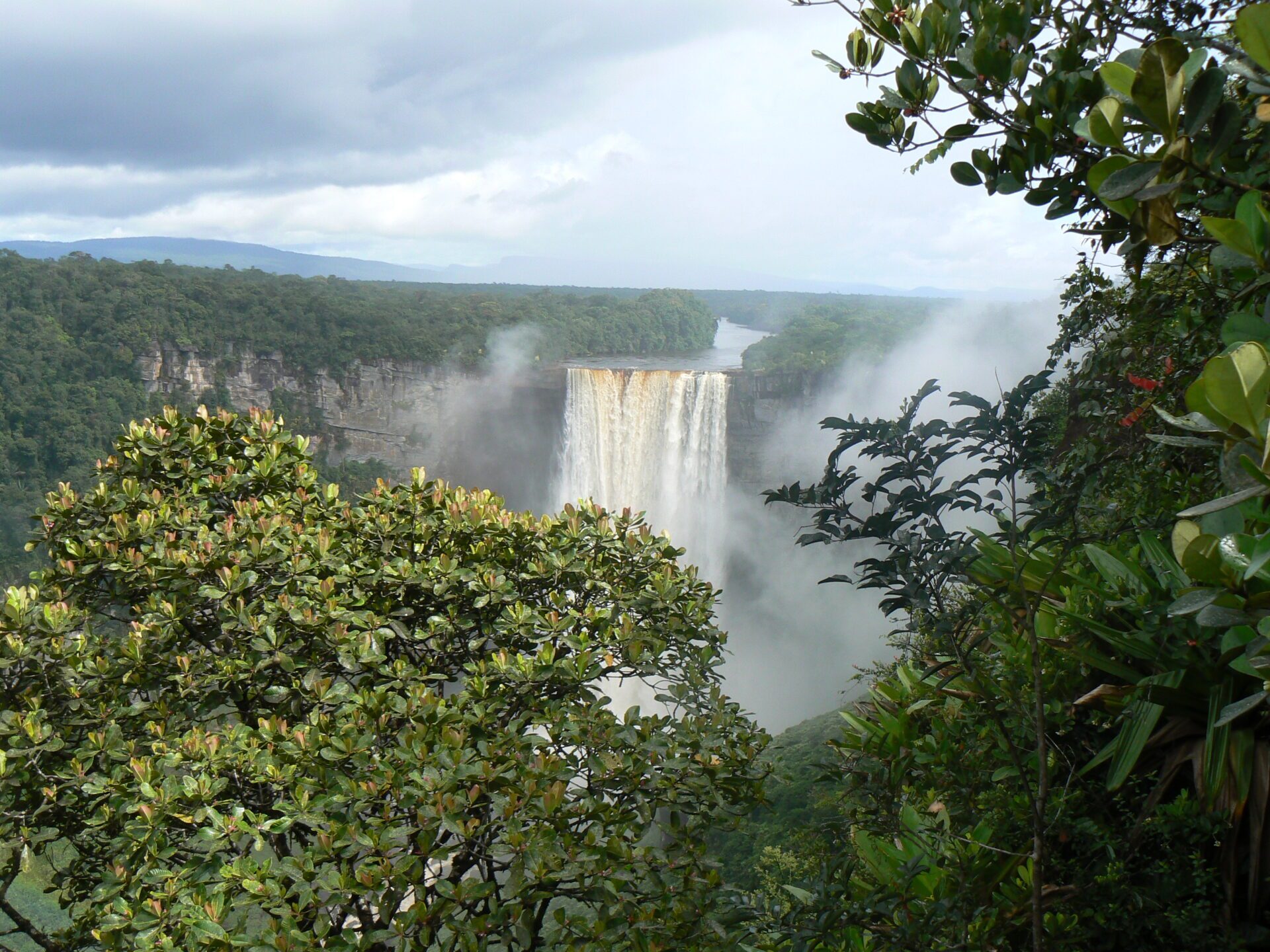
Eco-tourism comes as standard in Guyana.
This is a country whose lands are 75% covered by lush, verdant forests interspersed by mighty, life-giving rivers.
Indeed, Guyana’s original name, Guiana, means land of water. Wildlife as diverse as jaguars, giant river otters, and black caimans traverse these watercourses in one of South America’s best-protected natural landscapes.
There is dense rainforest to the country’s north, west, and south, with desert savanna areas to the west. Such variety makes Guyana one of the most biodiverse countries in the world.
The 800,000 souls calling Guyana home live mainly along the coastline and in Georgetown’s capital. Yet eco-tourism in Guyana happens throughout the country. Let’s take a closer look at the incredible efforts made in the eco-tourism industry to promote sustainability and protect biodiversity in the country.
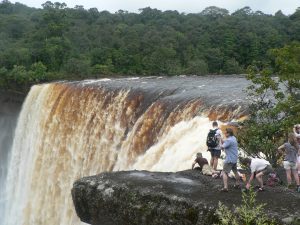
Practising Eco-tourism in Guyana
Guyana is the third smallest country in South America, its landmass about the same size as the island of Great Britain, which encompasses Wales, England, and Scotland.
Wildlife and bird enthusiasts love the opportunity to travel by boat, foot, or safari to the pristine rainforest to see some of the world’s shyest and most spectacular animals. Locals value the jewels their land nurtures, from the largest eagle, the Harpy Eagle, to the largest anteater, the giant anteater.
Local communities have come together to build eco-tourism projects to welcome the eco-traveller to this truly adventurous travel destination. After a visit, it’ll be easy to understand the Guyanese motto: “One people, one nation, one destiny.”
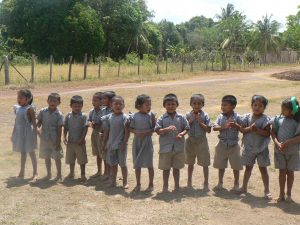
Best of Eco-tourism Award
Guyana is frequently one of the most garlanded nations when it comes to eco-tourism. The country won the inaugural “Best of Eco-tourism” category at the ITB global travel trade fair in Germany in 2019.
Its tourism sector has since been regularly recognised as a leader in Eco-tourism, including the Latin American Travel Association’s (LATA’s) “Best in Sustainable Tourism” award.
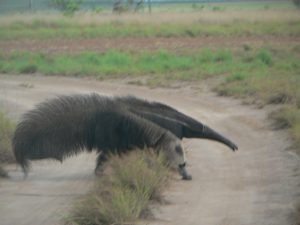
Eco-tourism Activities in Guyana
The land of water has sculpted a landscape like no other across Guyana.
The soaring, tabletop mountains of Roraima are a natural boundary to the rest of the South American continent, protecting virgin rainforests, grasslands, and pristine beaches.
Highlights include the world’s highest single-drop waterfall, Kaieteur Falls, the wildlife-rich Rupununi Savannah, and the conservation work at Karanambu Ranch.
On the coast, Georgetown expresses its multicultural vibe through its markets, architecture, and people. The 70-mile-long Shell Beach is the nesting site for eight sea turtle species, considered by many to be among the world’s finest beaches.
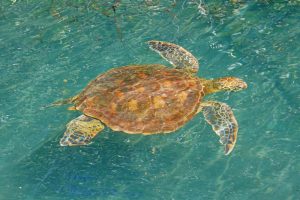
Eco-tourism in Guyana: Quick Facts
- Longest river: Essequibo at 628/1,010km
- Highest mountain: Mount Roraima at 2,772m/9,094ft
- Borders: Brazil, Venezuela, Suriname
- Highest waterfall: Kaieteur Falls is the world’s largest single-drop waterfall (width: 113m/371ft | Height 226m/741ft)
- Population: 800,000
- Capital: Georgetown, with 200,000 inhabitants
- Official languages: English, Guyanese Creole
- National animal: Jaguar
- Iconic wildlife: Jaguar, giant anteater, giant river otters, Harpy Eagle, sloths, caimans, tapirs, leatherback turtles, capybaras
Let’s dive further into eco-tourism in Guyana, checking the eco-lodges from which you can explore Guyana.
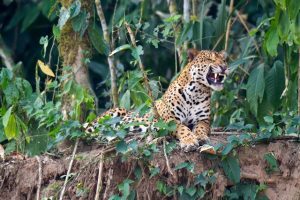
Iwokrama International Centre
Also called Iwokrama River Lodge, this research centre is nestled on the banks of the beguiling Essequibo River, right in the heart of Guyana.
More than one million acres of forest surround Iwokrama, some two per cent of Guyana’s rainforest. Scientists and researchers also call this eco-tourism project home.
Cabins: Eight river-facing cabins with solar-powered electricity, hammocks and private bathrooms.
Activities: Birdwatching, jaguar spotting, petroglyphs, night boat trips, Turtle Mountain hike, rapids, Amerindian cultural visit.
Location: Eight-hour dirt road journey from Georgetown or a chartered flight to the nearby Fair View.
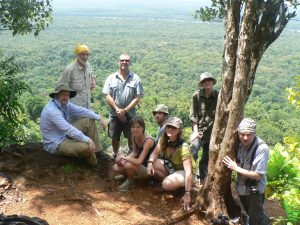
Atta Rainforest Lodge & Iwokrama Canopy Walkway
The Atta Rainforest Lodge & Iwokrama Canopy Walkway lie deep within the Iwokrama rainforest. More than 12 species of hummingbirds flit around the lodge; peer past the forest fringe, and you may spot deer, monkeys, agouti, and tapir.
Atta’s star attraction is the canopy walkway, a series of bridges suspended up to 30 metres/100ft above the forest floor. Visitors can get an authentic feel for nature high up among the branches. Birdwatchers love Atta and the walkway.
Cabins: Simple rooms with ensuite bathrooms and open-to-the-sky showers.
Activities: Canopy walkways, night hikes, birdwatching, jaguar spotting.
Location: Two-hour drive from Iwokrama International Centre.
Karanambu Lodge
This iconic lodge, built in 1927, was converted from a cattle ranch to a conservation centre under the direction of the famous Diane McTurk (1932-2016). The Rupununi River meets savannah grasslands here, creating unique wetlands.
Diane was famous for nursing endangered and orphaned giant river otters. The zone is also famous for the giant anteaters, black caiman, and fishing. It is a great spot to watch the enormous Victoria Amazonica lily plant open.
Cabins: Brick cabins with ensuite bathrooms, hammocks in the veranda
Activities: Victoria Amazonica blooming, giant anteater and river otter spotting, fishing
Location: Close to the Brazil border, Karanambu can be accessed by a charter flight or overland and river.
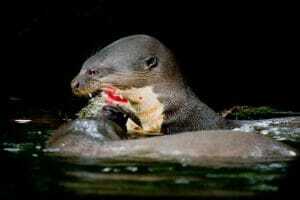
Surama Eco-Lodge
This award-winning community-owned lodge showcases the Amerindian traditional lifestyle. Villagers welcome you to Surama and treat you as one of their own.
Away from the lodge, Surama is surrounded by pristine rainforest that disgorges abundant flora and fauna, including Harpy Eagles. Combine hikes and canoe trips with visits to local schools and traditional Amerindian festivities.
Cabins: Thatched cabins, ensuite bathrooms, solar-powered electricity, and with rainforest views on the edge of Surama village
Activities: Harpy Eagle nest spotting, Amerindian culture, walks, fishing
Location: Central Guyana, bordering Iwokrama and the Burro Burro River.
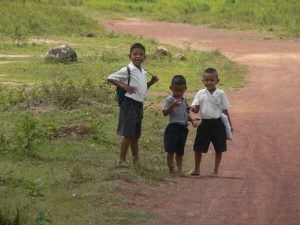
Caiman House Field Station
Profits from visitors to this scientific research station support the local library and internet connection for the local school and community.
Caiman House Field Station, resting on the banks of the Rupununi River, offers guests the chance to observe and get involved in its black caiman capture, tag, and release programme. A worthwhile visit is to the local furniture artisans at their non-profit venture.
Cabins: Simple, large rooms with ensuite bathrooms.
Activities: Participate in black caiman research, Victoria Amazonica blooming, giant river otters and anteaters, fishing
Location: Close (relatively) to Karanambu Lodge and airstrip on the border with Brazil.
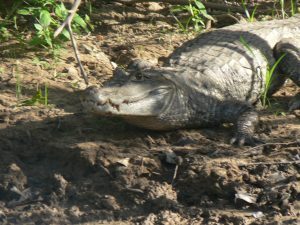
Kaieteur Falls
Kaieteur Falls are five times higher than Niagara Falls and one of Guyana’s iconic visitor points. Your first view is usually from above as you fly over the Falls to the nearby airstrip.
You can walk up close to the water, which gushes into a deep and forested gorge. Wildlife abounds, and a particular delight is peeking into bromeliads to spot the tiny Golden Frog that lives deep within its chambers.
Activities: Fly over and get close to the enormous Kaieteur Falls, Golden Frogs, Cock-of-the Rock, and bromeliads.
Location: Central Guyana, best accessed by a chartered overflight from Georgetown
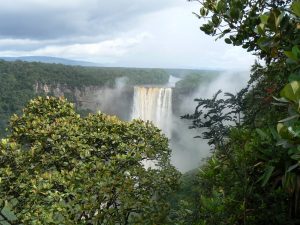
Eco-tourism in Guyana
Guyana offers people the chance to travel in a way before tourism existed. Destinations are remote and sometimes involve long journeys, while the welcomes from locals are genuine; you may be the only people to have visited for weeks.
Guyana’s strength is the local communities that run the eco-lodges with sustainability as the beating heart. Protecting biodiversity is their sole aim and success; eco-tourism in Guyana is not a tick-box exercise.
Remember, your contribution to maintaining Guyana’s natural world doesn’t end when you fly home. You will take home the jaguar’s roar in your chest, the cooling waters on your skin, and the people’s smiles in your soul, experiences impossible to forget. Guyana’s secrets will become part of your life’s journey.
Been inspired to travel to Guyana?
Contact us for more.
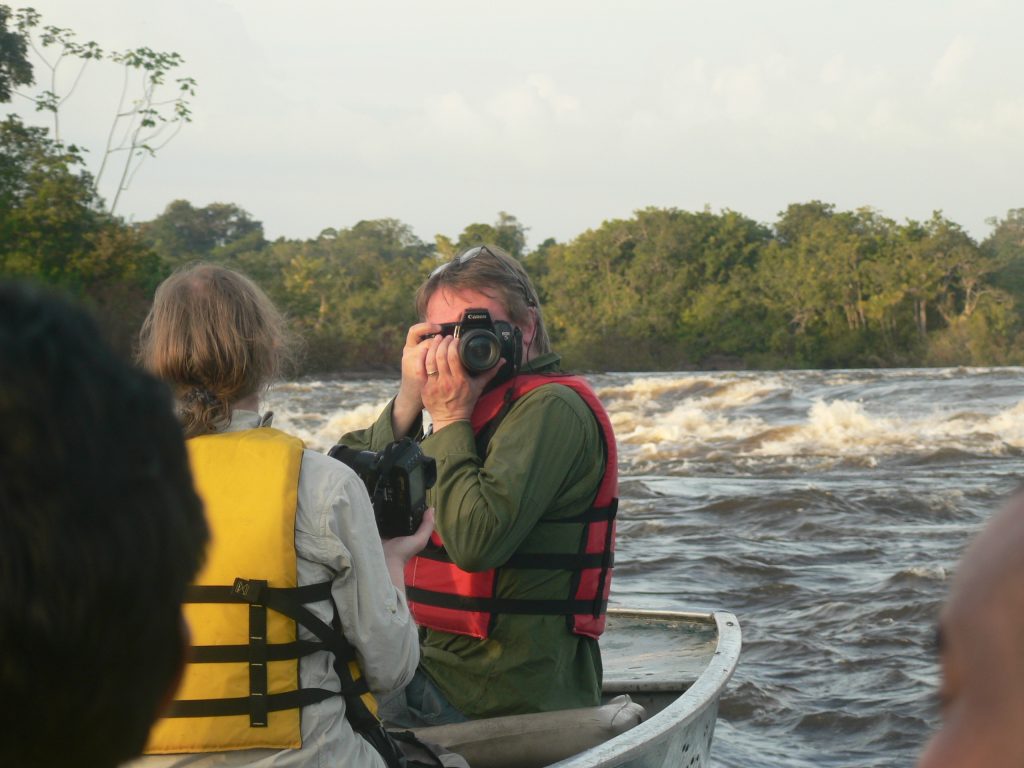
Share


 a Tailor Made Tour
a Tailor Made Tour 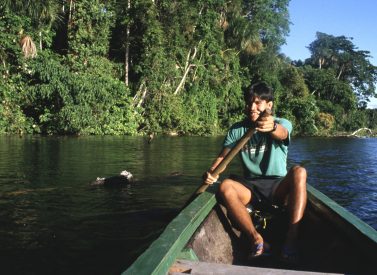
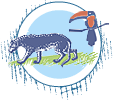
 a Group Tour
a Group Tour 